The former head of product launches at Tesla, Rich Otto, said he’d resigned last week. His departure is the latest in a series of resignations by senior-level Tesla executives in recent weeks.
The executive said the company’s morale is poor due to the massive layoffs. It has thrown Tesla “out of balance.” Customers are right to question what Elon Musk is going to do now.
Goodbye Message

According to Otto’s LinkedIn profile, he’s worked for Tesla for over six years. Following his resignation, he posted a message on the website about how he would miss many things about the company.
“It’s a company I love and that has given me so much, but has also taken its pound of flesh,” he wrote. “Great companies are made up of equal parts great people and great products, and the latter are only possible when its people are thriving.”
Worrisome Parting Words

While it started positively enough, the rest of Otto’s message sounds bleak. He went on to say, “The recent layoffs that are rocking the company and its morale have thrown this harmony out of balance, and it’s hard to see the long-game. It was time for a change.”
Otto’s next project is yet unknown as he’s planning to take a break for a while before starting another one. He didn’t immediately respond to a request for comments from Business Insider, the first to break the news.
Other Higher-Up Departures

But other higher-ups have also left Tesla over the past month. Six other execs, including the senior Human Resources director and the senior director of Supercharging, have departed the company as it continues to lay off employees.
On the same day Tesla announced its initial round of job termination, two executives immediately resigned from the company: SVP of powertrain and electrical engineering, Drew Baglino, and VP of public policy and business development, Rohan Patel. They announced their departures on X (formerly known as Twitter).
Reason for Leaving
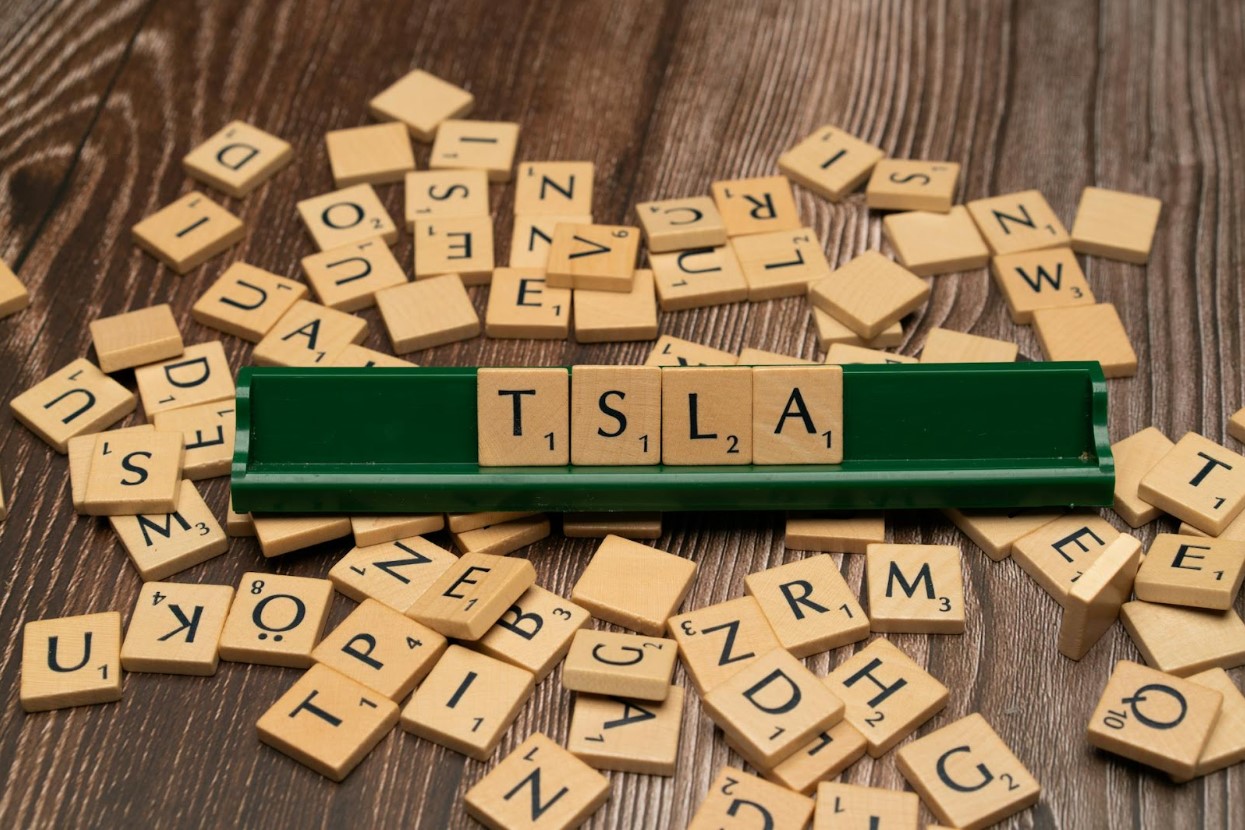
Baglino, who’d been with Tesla for 18 years at that point, said he “will always have a warm spot for the people of Tesla and Tesla products in my heart and wish the team and company the best in the future.”
Meanwhile, Patel told TechCrunch he’d decided to leave due to the big “overall changes” at Tesla. “Good for me and hopefully also good for Tesla,” Patel shared. “Had an amazing run and accomplished way more than I could’ve ever imagined, as a result of working with the best policy/bizdev team in the business.”
Job Cuts Due to Streamlining
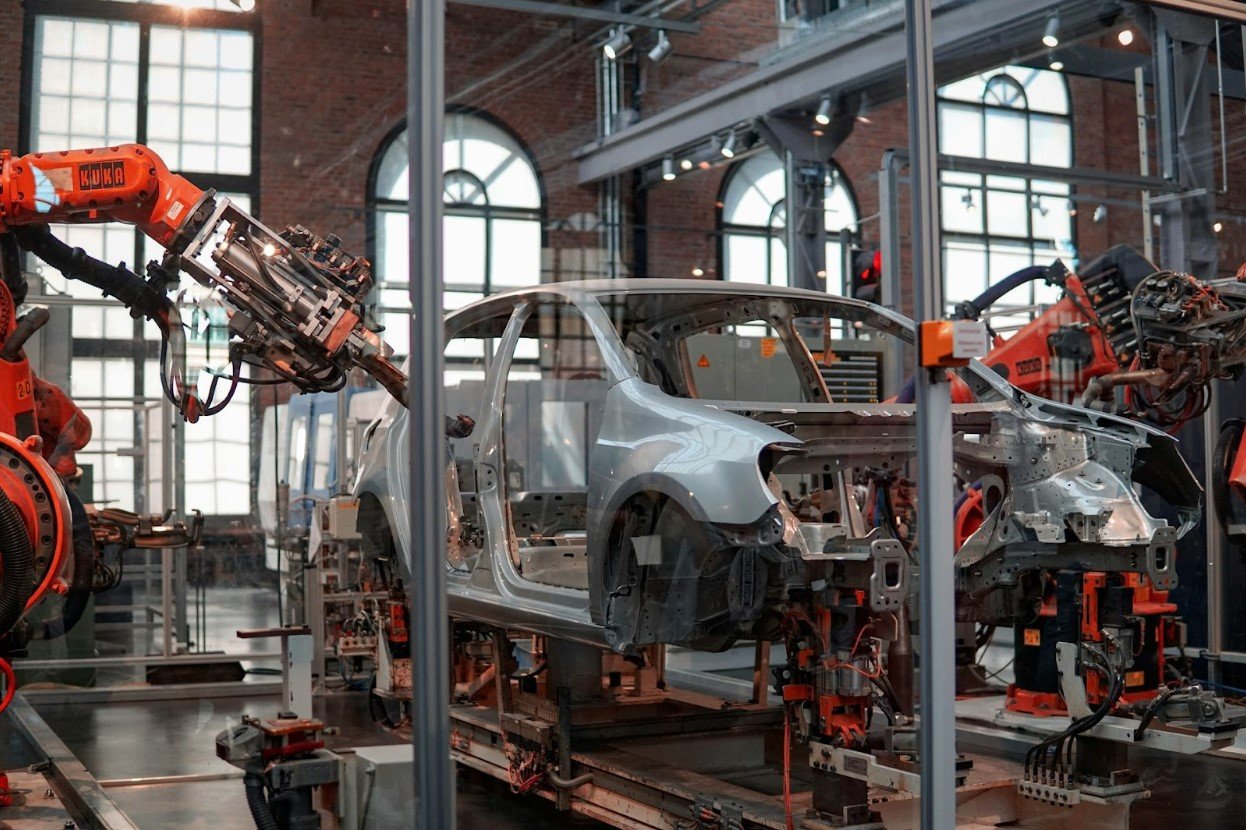
Tesla CEO Elon Musk started the layoffs on April 15 when he announced the plans to cut more than 10% of the carmaker’s workforce. According to Musk, Tesla’s growth has led to “duplication of roles and job functions in certain areas,” which needed streamlining.
He wrote in an email memo, “As we prepare the company for our next phase of growth, it is extremely important to look at every aspect of the company for cost reductions and increasing productivity.”
Terminations Started Right Away
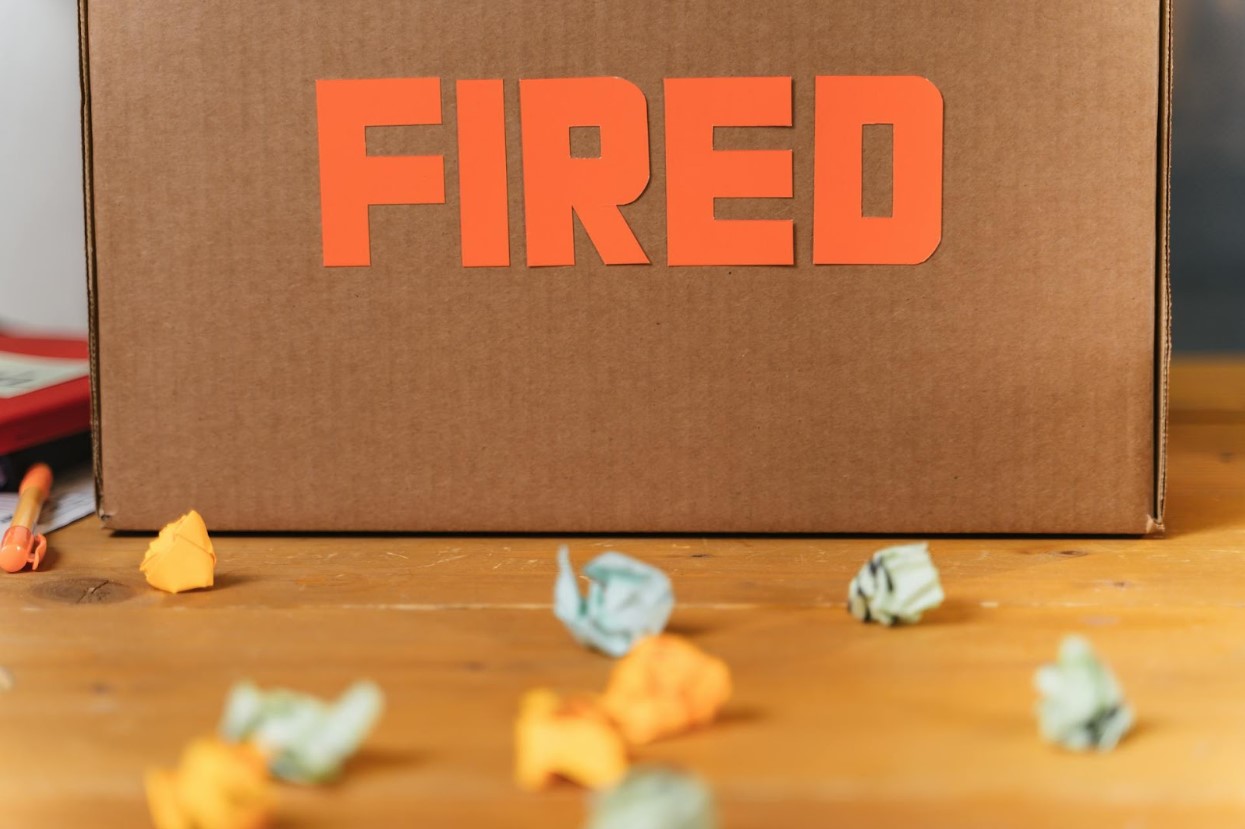
Within hours of the memo, impacted employees began receiving their termination notifications. However, some employees were clueless that they’d been cut off until they attempted to enter a Tesla facility with their badge.
In the next few weeks after that, many of Tesla’s workers were laid off, regardless of teams. Tesla’s recruiters, marketing team and the Supercharging team all got hit by layoffs. Musk reportedly told executives that Tesla must be “absolutely hard core about headcount.”
Four Weeks Later
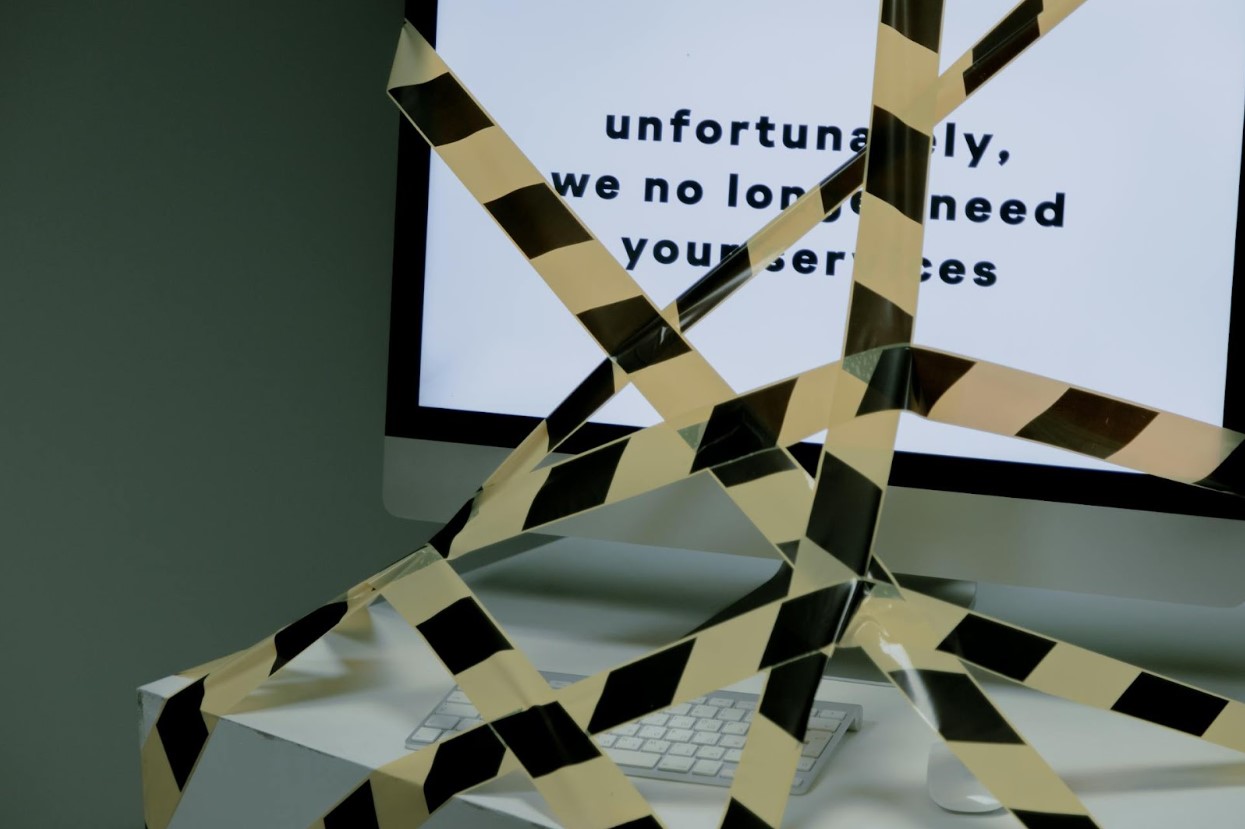
In the first week of May, the company entered its fourth week of layoff notices. The atmosphere has been quite uncomfortable for many of the remaining employees. Workers told Business Insider that the continuing layoff notices have left them on edge.
Many are already preparing for their own departure, even though no notification has come of their termination. One employee said, “I keep waiting for Elon to send another email and tell us they’re finally done firing people. We need some level of closure or a sign that we can stop worrying about losing our jobs.”
EV Market Is Slowing Down
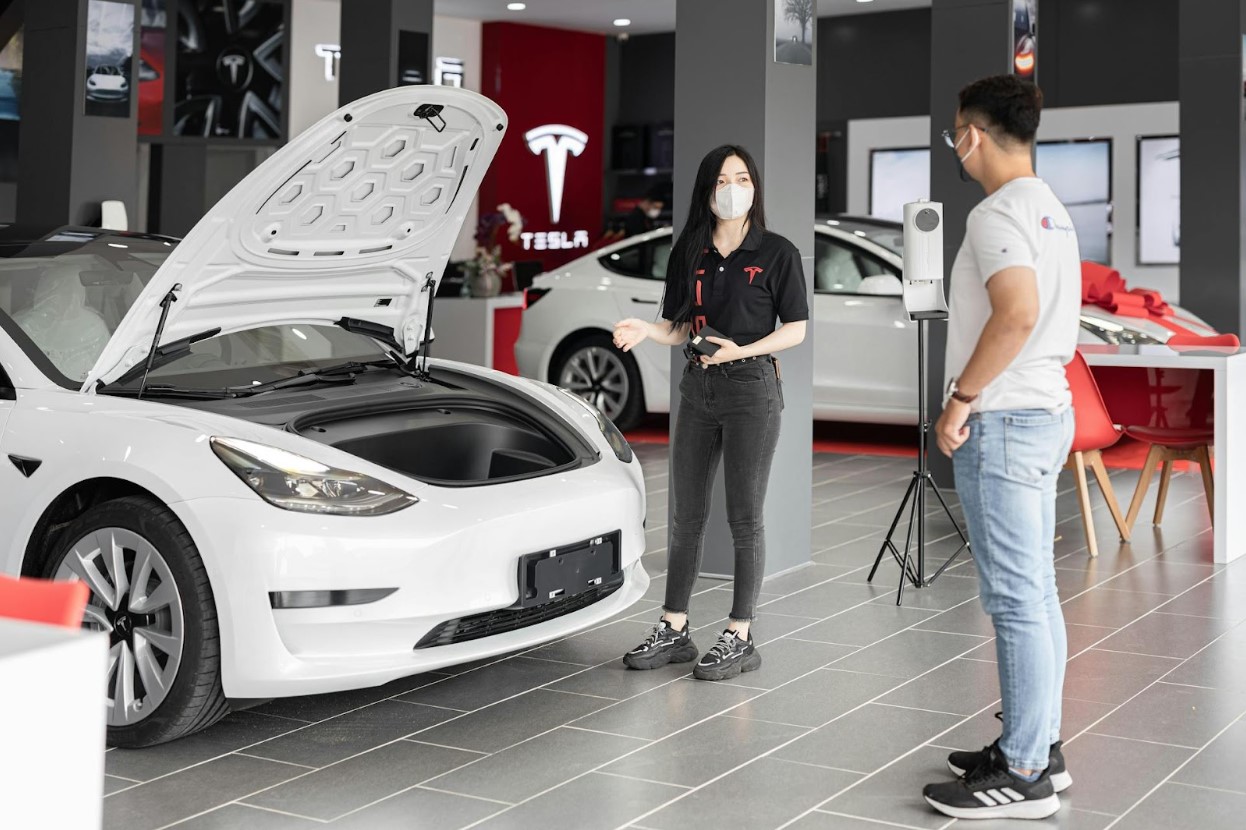
Tesla’s job cuts might be a fallout of the slowing down of the EV market. While Tesla shipped 1.8 million EVs in 2023, which is a record in the industry, Tesla also slashed prices on its most popular models as a way to deal with the impact of high interest rates and increased competition.
Tesla also reportedly stopped (or delayed) its plans to build a lower-cost EV. The carmarker is instead choosing to use the underlying platform being developed to power an alleged “robotaxi.” Musk said he planned to debut the robotaxi in August.
Lower Demands and Lower Deliveries
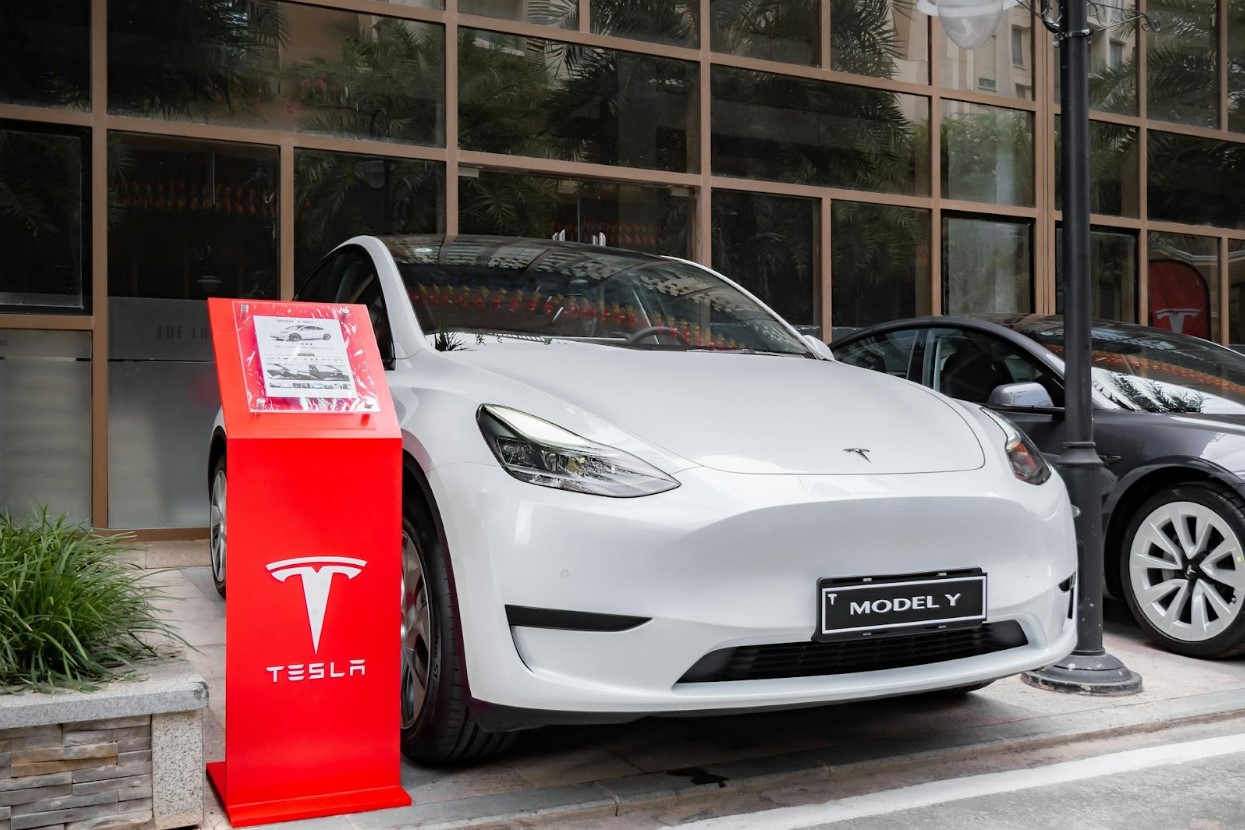
Another problem Tesla has been facing is a slump in the demand for its electric cars. But the problem is not exclusive to Tesla, as other automakers have been facing the same problem.
What is a problem for Tesla is that it reported lower-than-expected delivery numbers for Q1 in April. Tesla only delivered 386,810 cars in Q1, a much lower number than its production figure in Q1 (433,371). As a result, Tesla’s shares also dropped.
Competitor Went Bankrupt
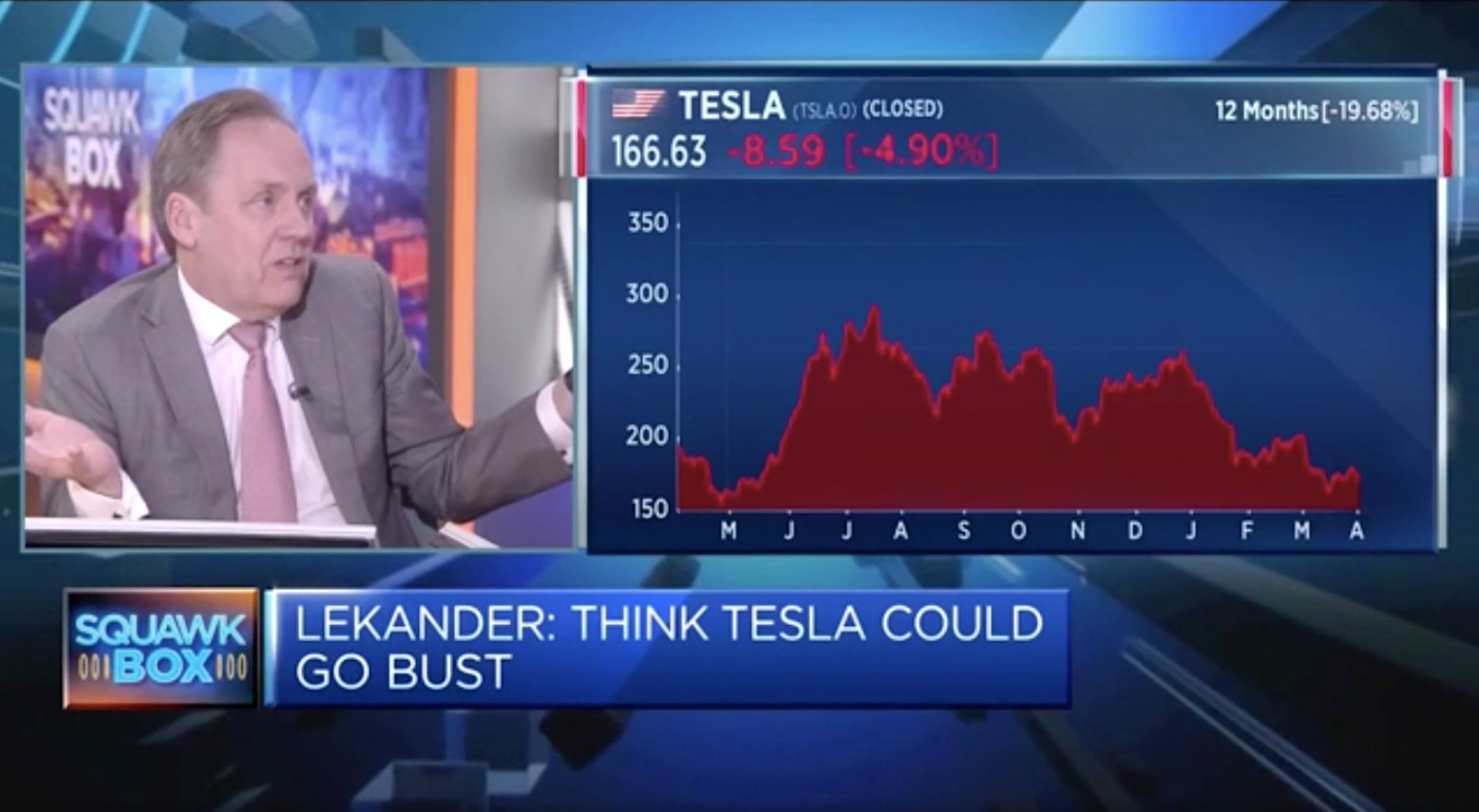
Tesla might be in a “red code situation” right now, according to Wedbush’s Dan Ives. But other EV makers had it worse. One of Tesla’s Californian competitors, Fisker, was also under threat of bankruptcy.
A hedge fund expert had already predicted Tesla going bust as well after a drop in share prices. “This was really the beginning of the end of the Tesla bubble, which probably, arguably, was the biggest stock market bubble in modern history. I actually think the company could go bust,” said Per Lekander.
Tesla’s Layoff Extends to China
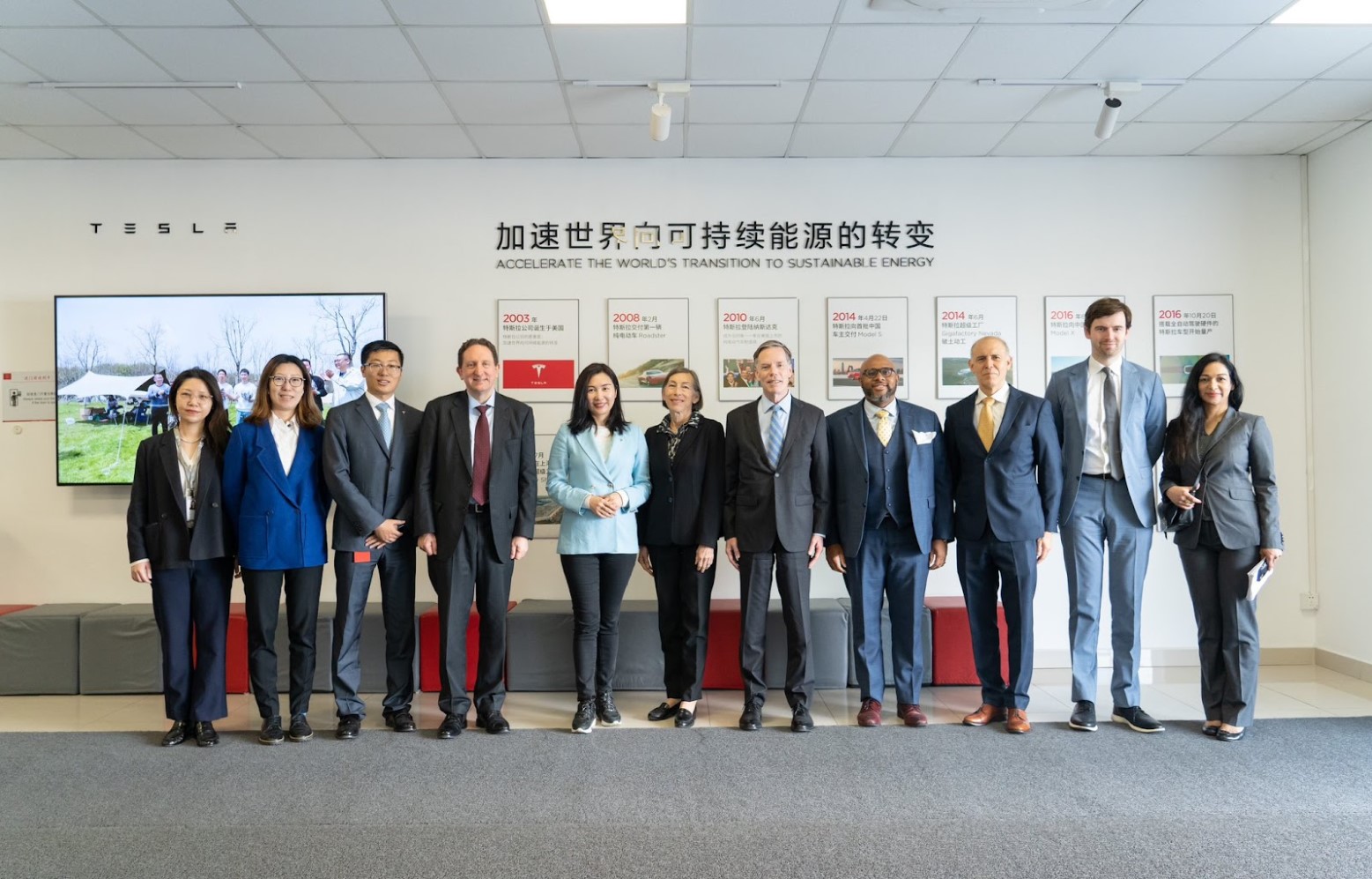
Even Tesla’s workers in China are not exempt from layoffs. After cuts happened in mid-April that were part of the EV maker’s plan to cut off global headcount, more layoffs began in the second week of May.
The latest terminations affected different departments, including customer service, engineers, production line workers and logistics. Meanwhile, the cuts in April more directly affected the sales reps. After this, we can only hope and see if Tesla can get out of the slump and rise again.
